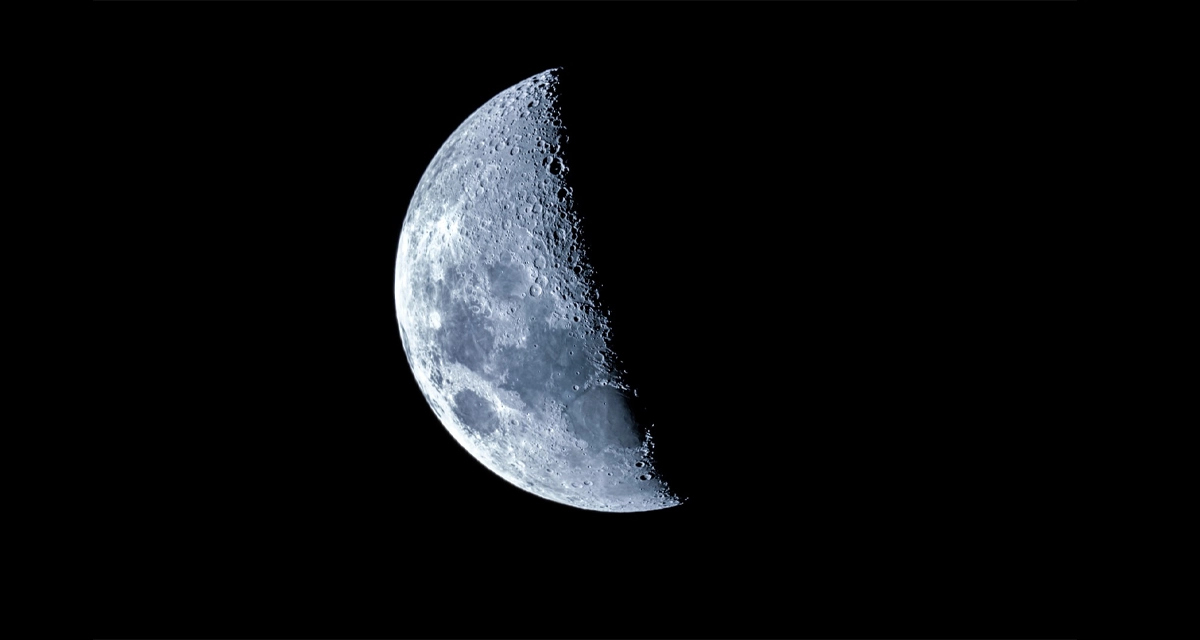National Moon Day: Celebrating Humanity’s Giant Leap
Introduction
On July 20th, 1969, the world witnessed a historic event as Neil Armstrong and Edwin “Buzz” Aldrin became the first humans to set foot on the lunar surface. This momentous occasion marked the success of the Apollo 11 mission and has since been commemorated as National Moon Day. This article delves into the significance of National Moon Day, the Apollo 11 mission, the moon’s influence on human culture, and the future of lunar exploration.
The Apollo 11 Mission: A Giant Leap for Mankind
- The Countdown to HistoryThe Apollo 11 mission was the culmination of years of dedication, research, and countless hours of work by NASA and its team of talented astronauts. The historic journey to the moon began on July 16th, 1969, when the Saturn V rocket carrying Armstrong, Aldrin, and Michael Collins blasted off from Kennedy Space Center in Florida.
- Touchdown on the Lunar SurfaceFour days after liftoff, on July 20th, the lunar module “Eagle” landed on the moon’s surface. As Neil Armstrong stepped out of the spacecraft, he famously uttered the words, “That’s one small step for man, one giant leap for mankind,” capturing the essence of this incredible achievement.
The Significance of National Moon Day
- Commemorating Human IngenuityNational Moon Day is a celebration of human ingenuity and the spirit of exploration. It serves as a reminder of the determination and courage it took to reach beyond our earthly boundaries and explore another celestial body.
- Promoting Scientific CuriosityThis special day also encourages the pursuit of scientific knowledge and space exploration. The Apollo 11 mission sparked a renewed interest in space science, inspiring future generations of scientists, engineers, and astronauts.
The Moon in Human Culture
- Lunar Mystique in MythologyThroughout history, the moon has captured human imagination and has been woven into various mythologies and folklore. From lunar deities to stories of lunar eclipses, cultures worldwide have personified the moon, attributing it with mystical qualities.
- Lunar Influence on Art and LiteratureThe moon’s enchanting presence has inspired countless works of art, poetry, and literature. Artists and writers often use the moon as a symbol of romance, mystery, and the interplay of light and darkness.
The Future of Lunar Exploration
- Returning to the Moon: Artemis ProgramIn recent years, there has been a renewed interest in lunar exploration. NASA’s Artemis program aims to return humans to the moon and establish a sustainable human presence there by the mid-2020s. This ambitious project will pave the way for future missions to Mars and beyond.
- International CollaborationLunar exploration has become a global effort, with various countries and space agencies planning their missions to the moon. Collaborative efforts promise to advance scientific discoveries and promote peaceful cooperation among nations.
Conclusion
National Moon Day serves as a reminder of humanity’s indomitable spirit and its capacity for exploration and discovery. The Apollo 11 mission was a defining moment in history, inspiring generations to reach for the stars and venture beyond our planet’s boundaries. As we look to the future, the moon remains a tantalizing destination for scientific exploration, international collaboration, and the potential for space colonization.





